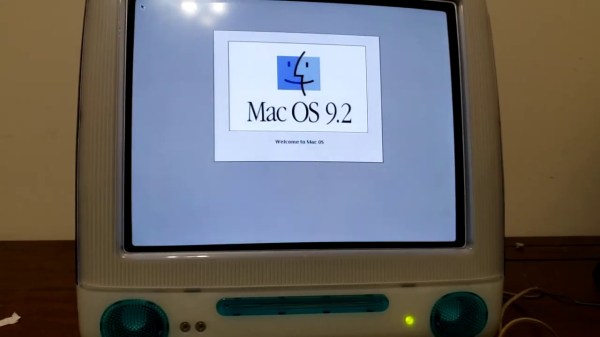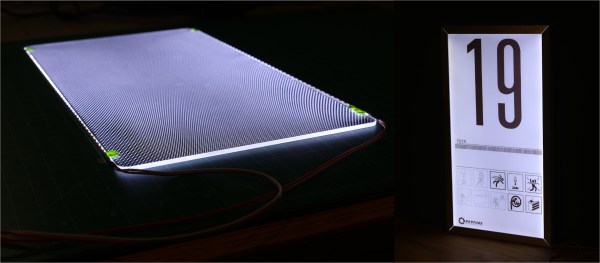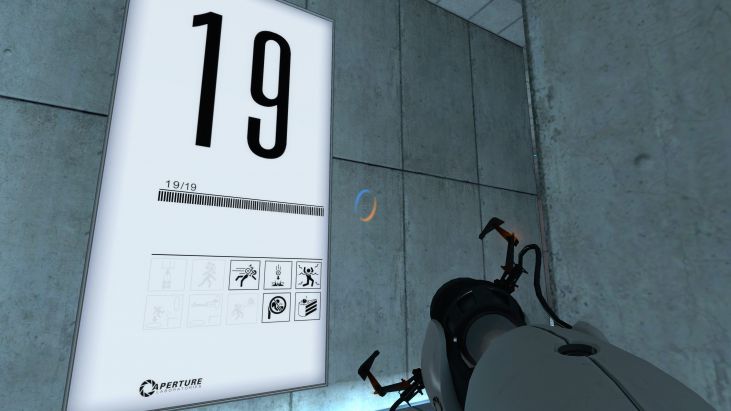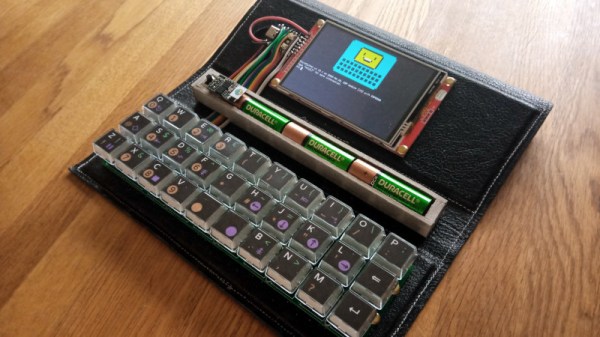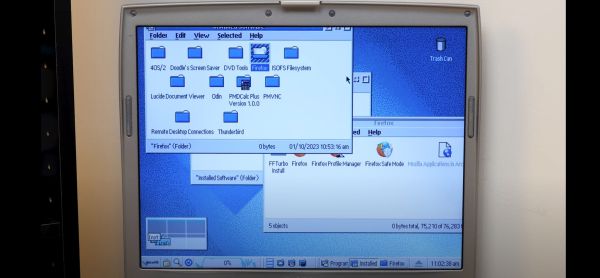As Tom quipped on the podcast this week, if you have an idea for a program you’d like to write, all you have to do is look around on GitHub and you’ll find it already coded up for you. (Or StackOverflow, or…) And that’s probably pretty close to true, at least for really trivial bits of code. But it hasn’t always been thus.
I was in college in the mid 90s, and we had a lab of networked workstations that the physics majors could use. That’s where I learned Unix, and where I had the idea for the simplest program ever. It took the background screen color, in the days before wallpapers, and slowly random-walked it around in RGB space. This was set to be slow enough that anyone watching it intently wouldn’t notice, but fast enough that others occasionally walking by my terminal would see a different color every time. I assure you, dear reader, this was the very height of wit at the time.
With the late 90s came the World Wide Web and the search engine, and the world got a lot smaller. For some reason, I was looking for how to set the X terminal background color again, this time searching the Internet instead of reading up in a reference book, and I stumbled on someone who wrote nearly exactly the same random-walk background color changer. My jaw dropped! I had found my long-lost identical twin brother! Of course, I e-mailed him to let him know. He was stoked, and we shot a couple funny e-mails back and forth riffing on the bizarre coincidence, and that was that.
Can you imagine this taking place today? It’s almost boringly obvious that if you search hard enough you’ll find another monkey on another typewriter writing exactly the same sentence as you. It doesn’t even bear mentioning. Heck, that’s the fundamental principle behind Codex / CoPilot – the code that you want to write has been already written so many times that it will emerge as the most statistically likely response from a giant pattern-matching, word-word completion neural net model.
Indeed, stop me if you’ve read this before.



